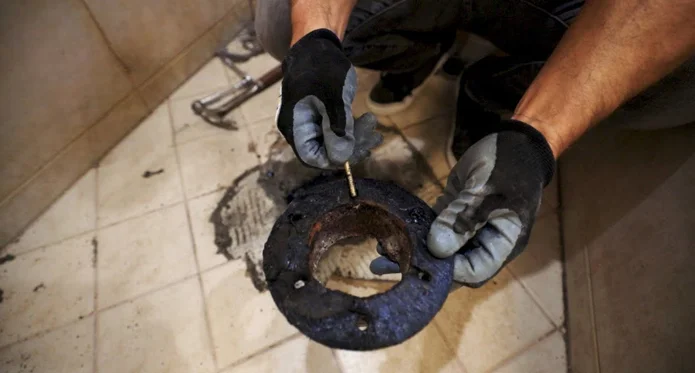Last Updated on November 14, 2023
If you’ve ever stepped into a shower only to find an inch or two of water pooled around your feet, then you know the necessity of keeping your shower drain clean. Without proper cleaning, you’ll feel icky every time you shower. One way to do this is to ensure the weep holes in your drain are clear.
Weep holes are small open spaces that allow water to drain out of the shower. Over time, these holes can become clogged with soap scum, hair, and other particles. When this happens, water can build up in the shower and cause problems. This can not only cause your shower to drain more slowly but can also give off a foul smell as well.
Natural cleaners like vinegar and baking soda can be used to break down any gunk that’s built up in the holes. Continue reading for step-by-step instructions on how to clean weep holes in the shower drain.
How to Clean Weep Holes In Shower Drain: DIY Methods

Weep holes are small openings that allow water to drain from the inside of a pipe or fixture. They are often located at the lowest point of a drainage system, so they can easily become clogged with trash. There are several methods people can use to clean weep holes.
Here are some common methods:
- Make use of natural cleaners
- Use a wire brush or a small brush
- Attach a high-pressure hose
- Make use of a plunger or Drain Snake
- With chemical cleaners
Below, we will go into more detail about each of these methods.
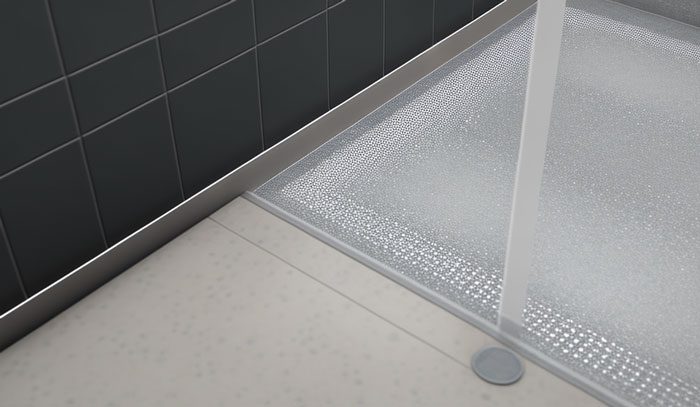
1: Use a Natural Cleaner
One of the best ways to clean weep holes is to use a natural cleaner. This is because they are effective and also safe to use around your home. This cleaner generally contains vinegar and baking soda. These two ingredients can help to break down any gunk that has built up in the holes.
To clean your weep holes with this method, you’ll need:
- A funnel
- White vinegar
- Baking soda
- Small brushes or a toothbrush
- A cup or bowl
- Hot water
Instructions:
- Remove the drain cover from your shower.
- Then remove any hair or other debris that may be blocking the weep holes.
- Pour 1/2 cup of baking soda into the drain.
- Then, add 1/1.5 cup of white vinegar to the baking soda.
- Try to cover the drain as the chemical reaction takes place.
- Leave the mixture for around 20 to 30 minutes to work its magic.
- Once the time has passed, use hot water to flush the drain.
- Replace the drain cover and enjoy your newly unclogged drain.
2. Using a Wire Brush or Small Brush
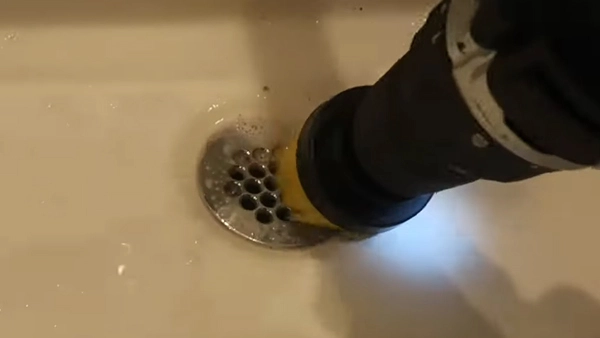
Wire brushes and small brushes can be used for cleaning shower drains. This method is best used for small weep holes that are not too badly clogged. First, remove any debris from around the hole. Next, insert the brush into the hole and scrub it back and forth until the small hole is clear.
Then, rinse the area with water to remove any residue. If the hole is still clogged, repeat the process until it is clear. Also, scrub any other weep holes in the drain to prevent them from becoming clogged in the future. This method may take some time, but it is usually effective at clearing out small weep holes.
3. Attach a High-Pressure Hose
If the wire brush method doesn’t work, you may need to use a high-pressure hose to clean your weep holes. This is best done with an air compressor, but you can also use a garden hose if you don’t have one.
To attach a high-pressure hose to your weep holes, ensure that the area around the drain is clear. Then, attach one end of the hose to the drain and the other to an air compressor or garden hose. Turn on the water and let it run for a few minutes. The high-pressure stream of water will break up any clogs and allow the water to drain freely.
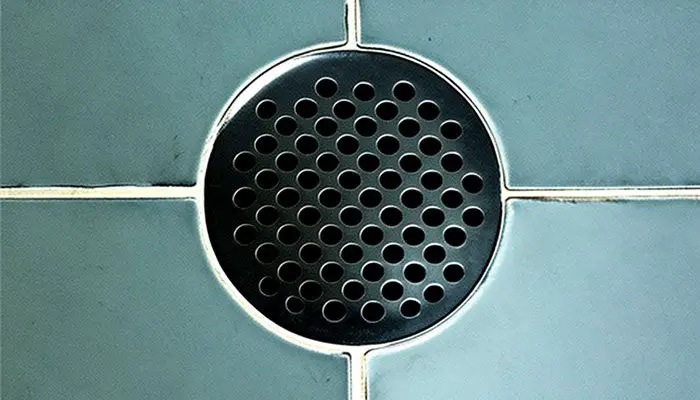
If you don’t have an air compressor, you can still use a garden hose for cleaning. Just be sure to hold the hose close to the drain, so the water pressure is strong enough to break up any clogs. After a few minutes, turn off the water and check to see if the drain is clear. If it isn’t, you may need to repeat the process until the drain is completely clear.
4. Use a plunger or Drain Snake
Plungers or drain snakes can be used to clean the drain if none of the methods above work. The first thing you should do is remove the drain cover and any grime that is blocking the weep holes. Next, place the plunger over the drain and push it up and down several times. The plunger suction will help break up the clog so water can drain properly.
Using a drain snake may prove helpful if a plunger does not solve the problem. First, insert the end of the snake into the drain and turn it until you feel resistance. This indicates that the snake has hit the clog. Next, twist the snake’s handle to dislodge the clog and enable the water to drain efficiently and easily.
5. Use Chemical Cleaners
Chemical cleaners are another option for cleaning weep holes in shower drains. These cleaners contain powerful chemicals that can break down even the toughest clogs. Although, they should be used as a last resort because they can be harmful to your pipes if used too frequently.
To use a chemical cleaner:
- Read the instructions on the cleaner to see how much you should use.
- Then, pour the cleaner into the weep hole.
- Cleaners should be left to work for 25 to 30 minutes according to the instructions on the bottle.
- Once the time’s up, wash the drain with cold water to remove any residue.
When using a chemical cleaner, there is a risk of damaging your pipes. This is why it’s important to read the instructions carefully. Also, there are some safety precautions you should take, such as wearing gloves and eye protection.
How Often Should Shower Drains Be Cleaned?
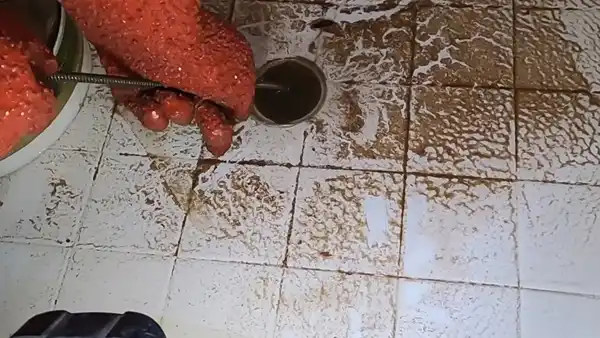
Depending on the size of your family and how often you use your showers, you may need to clean your drains as often as once a month. Most people don’t think about their shower drains until there’s a problem. A slow drain is usually the first sign that it’s time for a cleaning.
If you have long hair, it’s especially important to clean your shower drains regularly, as hair can quickly build up and cause a clog. That may seem overkill, but hair is the main culprit for clogged drains. soap buildup can also contribute to clogs, but it’s not as common as hair.
Monthly cleanings will help to keep your drains flowing freely and prevent larger problems down the road. In addition, if you notice any bad odors coming from your drains, that is also a sign that you should clean them.
What is the Function of a Shower Weep Hole?

The purpose of a weep hole in a shower is to allow water to drain away from the shower assembly and prevent water damage. Weep holes are typically located in the upper portion of the drain assembly, allowing water to enter the pipe that connects to the main drain.
This allows the shower water to drain from the area and prevents it from accumulating around the shower base. Apart from that, weep holes help to keep the drain assembly clean by allowing unwanted objects to pass through them and be flushed away.
Without weep holes, water would accumulate around the base of the shower, which could lead to serious water damage. As a result, these small holes play an important role in preventing water damage and creating humidity in bathroom tiles.
What Happens If the Shower Drain Weep Holes Get Clogged?
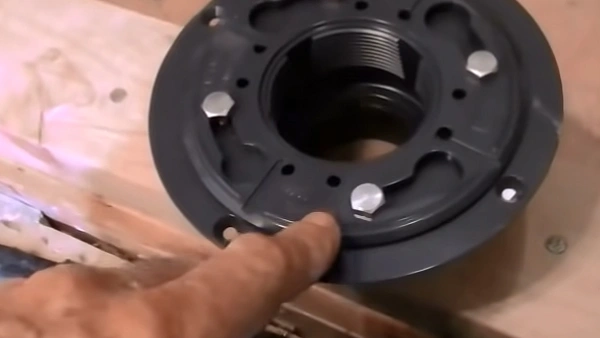
The shower drain weep holes are important because they drain water from the shower. If the weep holes in your shower are clogged, water will start to build up in the drain. This can cause several problems, including:
- Water spilling out of the shower
- A slow drain
- Bad odors coming from the drain
- Growing fungi and algae
- Pools of water around the shower base
If you notice any of these problems, it’s important to clean your weep holes as soon as possible. Allowing the problem to persist can cause more serious issues, such as water damage to your home. You can clean the weep holes yourself by following the steps below.
Do Bathtubs Have Drain Weep Holes?
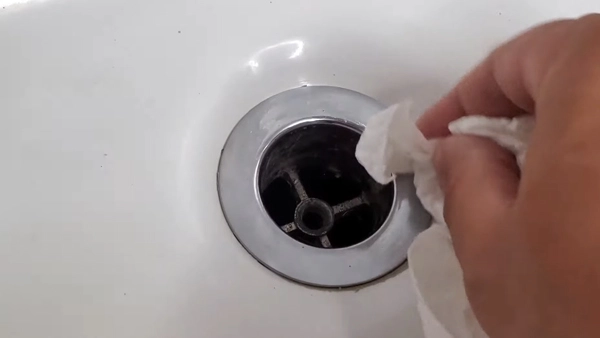
If your bathtub or shower pan has a lip that extends around the edge, it may have drain weep holes. Most bathtubs have at least one weep hole, though some may have several. These small openings help to drain water away from the tub and into the drain, preventing water buildup and potential flooding.
The weep holes are usually located near the bottom of the tub, on either side of the drain. Sometimes, the weep holes may be hidden by a flange or grate. If you’re unsure whether your tub has to weep holes, you can check for them by removing the drain cover and looking for small openings in the drain assembly.
If you don’t see any openings, your tub probably doesn’t have weep holes. While weep holes are beneficial, they can also be a source of leaks if they become clogged with debris. If you notice water leaking from your tub when it’s not in use, check the weep holes to see if they’re blocked.
Are Shower Drain Weep Holes Necessary?
Without a doubt. The weep holes in your drains are important for letting water out that has seeped behind the tiled shower or grout. In the absence of weep holes, water would build up around the drain and eventually spill over onto the shower floor, causing serious damage. By allowing air to circulate, weep holes prevent your drain assembly from rusting.
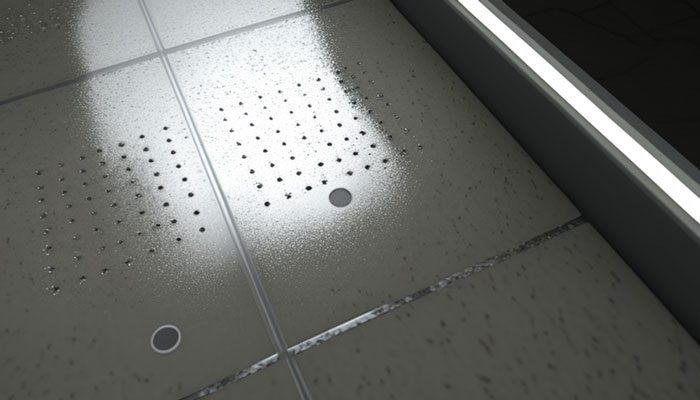
Shower drain weep holes prevent the growth of bacteria and fungi, which can cause serious health problems. So, not only are weep holes essential for preventing water damage, but they also help to keep your bathroom clean and healthy.
Now that you know the importance of weep holes and how to clean weep holes in the shower drain, be sure to check your drains regularly and clean them as needed to prevent problems.
You Might Also Like:

